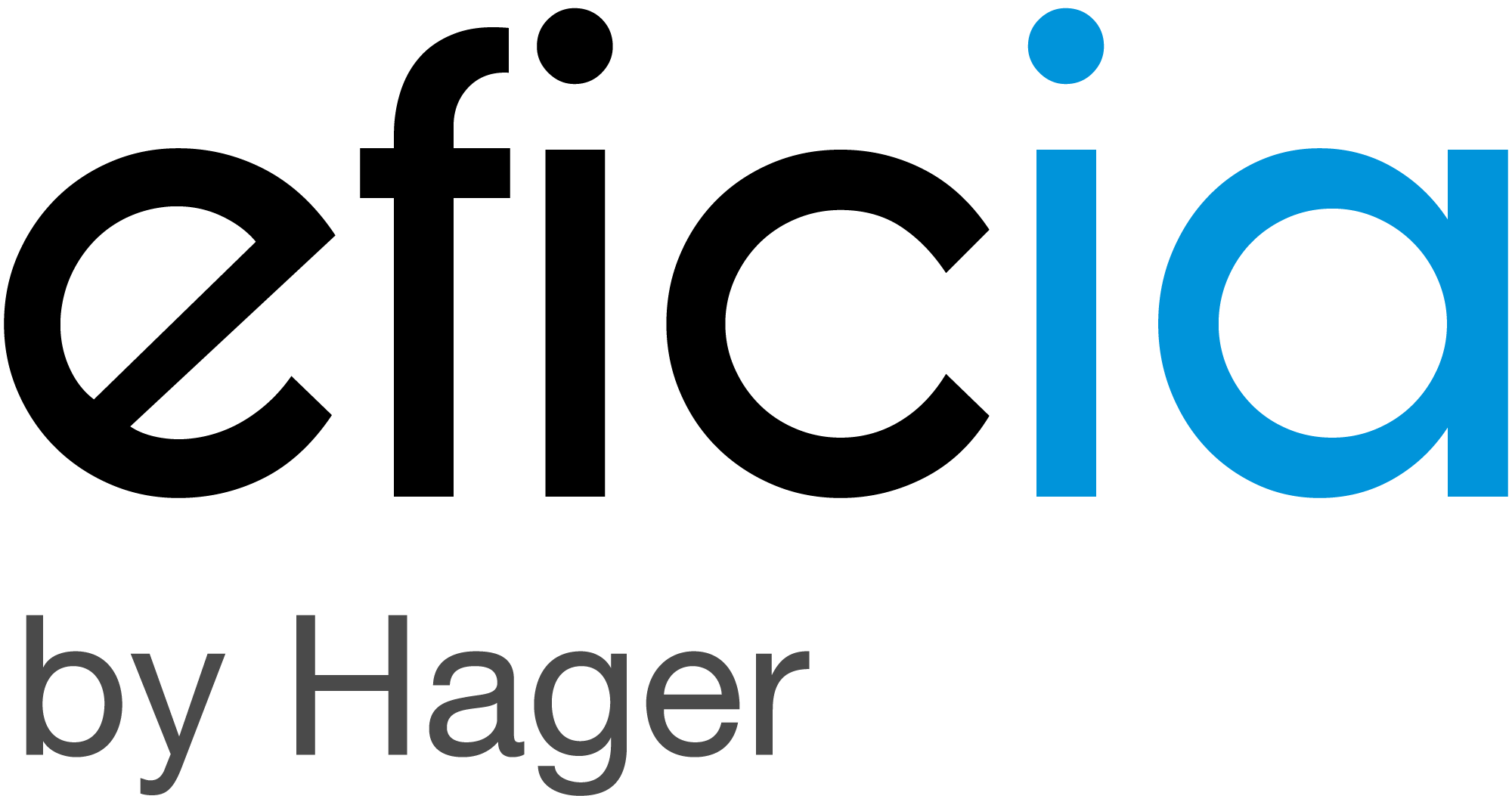Smart buildings: use data for proactive management
A smart building goes beyond being connected: it adapts its operation in real time to optimise energy consumption, improve comfort and reduce its environmental impact. Thanks to the IoT and automation, these spaces transform traditional management into an efficient, sustainable and people-centred experience.

Understanding the concept of Smart Building
A revolution in building management
Imagine a building that can anticipate your needs, automatically adjust the temperature, reduce its energy consumption, and offer optimal comfort to its occupants. This is precisely what Smart Buildings offer, an innovation born from the integration of the Internet of Things (IoT) and intelligent automation. These buildings are not simply connected, they are designed to interact with their environment in real time thanks to advanced management systems.
At the heart of the concept is the use of sensors and actuators that collect and transmit data. This information is then analysed to optimise building operations such as lighting, heating, air conditioning and security. This approach transforms traditional management into a proactive and highly personalised experience.
The key technologies behind smart buildings
Behind every smart building, a multitude of technologies work together to deliver efficiency and sustainability. Sensors play a central role, measuring parameters such as temperature, humidity and occupancy levels. This data is then processed by artificial intelligence (AI) systems capable of identifying patterns and making autonomous decisions.
But that's not all. The connection between these devices is provided by IoT platforms that centralise information and enable optimised management. For example, a system can detect a sudden drop in temperature in an unoccupied room and automatically adjust the heating to save energy.
The concrete benefits for occupants and managers
The benefits of smart buildings go far beyond simply reducing energy consumption and operating costs. For managers, it is an opportunity to improve maintenance with predictive tools that can identify faults before they occur. This translates into a significant reduction in operational disruptions and extended equipment life.
For occupants, comfort is at the heart of the experience. Activity-based lighting, ideal temperatures in all circumstances and optimised air quality all contribute to creating a pleasant and productive environment. This combination of technology and well-being is redefining how we interact with our living and working spaces.
Integrating technology into construction
From design to smart architecture
Creating a smart building starts with its design. Architects and engineers must integrate advanced technologies from the earliest stages to ensure smooth and efficient infrastructure management. This involves meticulous planning of the location of sensors, actuators and IoT connection systems. This process ensures seamless interoperability between different devices, which is crucial for maximising performance.
Interoperability is the central pillar of this approach. It enables various systems – lighting, heating, ventilation and security – to communicate with each other on a common platform. This integration not only ensures optimal energy management, but also greater flexibility to respond to the changing needs of occupants.
The key role of sensors and the IoT in modern buildings
Sensors are the eyes and ears of a smart building. They continuously monitor various parameters such as air quality, noise levels and occupancy. This data, transmitted via secure IoT networks, feeds sophisticated algorithms that adapt indoor conditions in real time.
Automation, meanwhile, transforms this information into concrete actions. For example, a sensor detecting an empty room can trigger the automatic switching off of lights or reduce air conditioning, thereby limiting energy consumption. This fluid interaction between sensors, IoT and automation creates a harmonious ecosystem where every resource is used optimally.
Connectivity and cybersecurity: major challenges
In a world where everything is connected, cybersecurity is becoming a major challenge for smart buildings. The networks that connect intelligent systems must be robust and protected against intrusion to prevent sensitive data from being compromised or operations from being disrupted.
Modern interconnection solutions now offer reliable connectivity while integrating advanced security protocols. For example, the use of segmented networks limits access to certain critical parts of the system, ensuring enhanced protection against cyberattacks. This combination of connectivity and security is essential for building trust around these new digital infrastructures.
Optimising energy efficiency
Strategies for reduced energy consumption
In a smart building, optimising energy consumption is not just a goal, it is a necessity. The strategies implemented are based on the analysis of data collected by sensors and processed via IoT platforms. For example, lighting management can use presence detectors and natural light sensors to automatically adjust light intensity, thereby reducing waste.
Building management systems (BMS) also play a key role. These centralised solutions enable real-time monitoring and optimisation of all energy-consuming equipment, whether heating, ventilation or air conditioning systems. Thanks to these tools, it is possible to achieve significant reductions in energy consumption while maintaining a high level of occupant comfort.
Thermal comfort thanks to smart HVAC systems
HVAC (heating, ventilation and air conditioning) systems are central to occupant well-being. In a smart building, this equipment works in tandem with sensors that measure parameters such as room temperature, humidity and air quality. This intelligent regulation ensures optimal thermal comfort while reducing energy consumption and improving energy efficiency.
Take the example of a coworking space: when sensors detect low occupancy during certain hours, HVAC systems can automatically reduce their activity to save energy without compromising thermal comfort. This dynamic approach not only improves the quality of life for users but also helps to conserve energy resources.
Green certifications and carbon footprint
Commitment to greater sustainability involves obtaining green certifications such as LEED or HQE. These labels recognise efforts to reduce a building's carbon footprint throughout its life cycle, from construction to daily operation. In particular, they encourage the use of sustainable materials, renewable energy and energy-efficient equipment.
At the same time, some buildings are focusing on innovative solutions such as energy storage or local production via solar panels. These initiatives increase their energy independence while reducing their environmental impact. In this way, every action contributes to transforming infrastructure into pillars of a more responsible and resilient region in the face of climate challenges.
Anticipating the future of smart buildings
Emerging trends and the impact of artificial intelligence
The future of smart buildings is being shaped by cutting-edge technologies such as artificial intelligence (AI). AI offers unrivalled predictive analytics capabilities, making it possible to anticipate energy needs or identify malfunctions before they occur. Imagine a building that can predict energy consumption peaks based on weather forecasts or reorganise the use of spaces according to occupant behaviour.
Other emerging trends include the development of autonomous smart buildings that can operate without human intervention thanks to connected networks and advanced data analysis systems. These innovative infrastructures rely on highly interconnected IoT networks to manage every operational aspect with surgical precision. This futuristic vision brings buildings closer to an ecosystem where energy efficiency, occupant comfort and sustainability coexist harmoniously.
Regulations and standards: catalysts for innovation
The rise of regulations in the smart building sector is driving innovation. Legislation imposing strict thresholds for energy efficiency or carbon emissions reduction is pushing industry players to develop ever more efficient solutions. For example, the European Energy Performance of Buildings Directive (EPBD) sets ambitious targets for achieving carbon neutrality by 2050.
At the same time, international standards such as ISO 50001 encourage systematic and optimised energy management. These regulatory frameworks not only provide a clear roadmap for property developers and managers, but also stimulate research and development in the field of green technologies.
Changing behaviours and their influence on design
Occupant expectations are changing rapidly, influenced by a growing awareness of well-being and sustainability. Today, a building is no longer just a functional space: it must offer a personalised experience while respecting environmental principles. This shift is prompting designers to incorporate more flexible spaces that promote a mix of professional and personal life.
In addition, buildings must now adapt to new digital habits. Collaborative platforms, integrated home automation systems and smart parking solutions are just a few examples of this transformation. This constant interaction between technology and human behaviour is redefining standards in the real estate sector, paving the way for a new era where innovation and social commitment come together.
